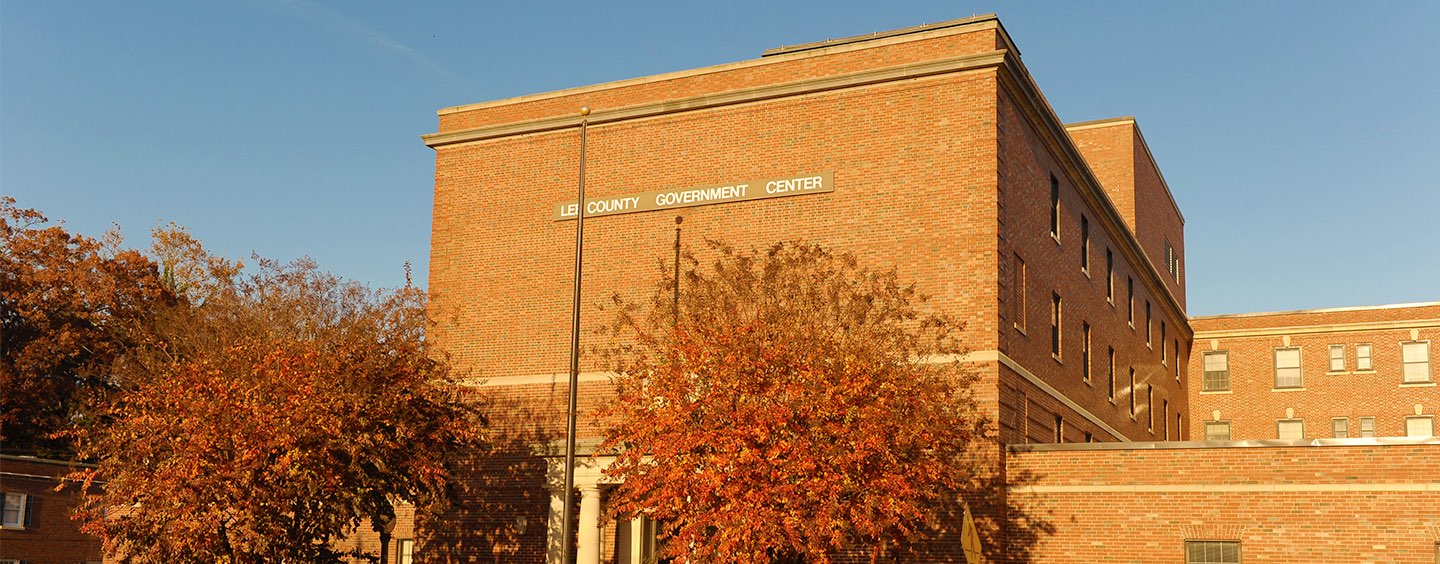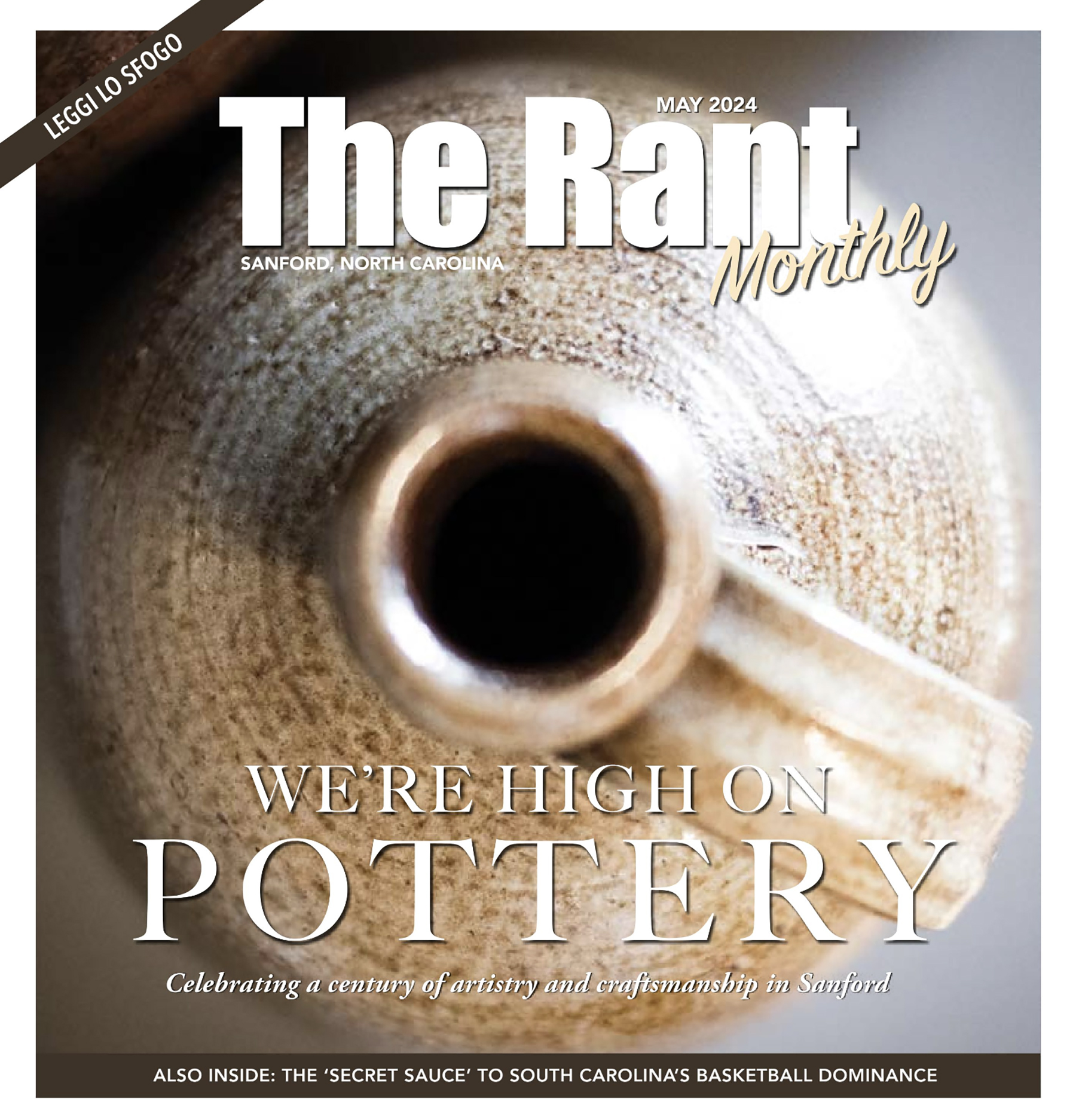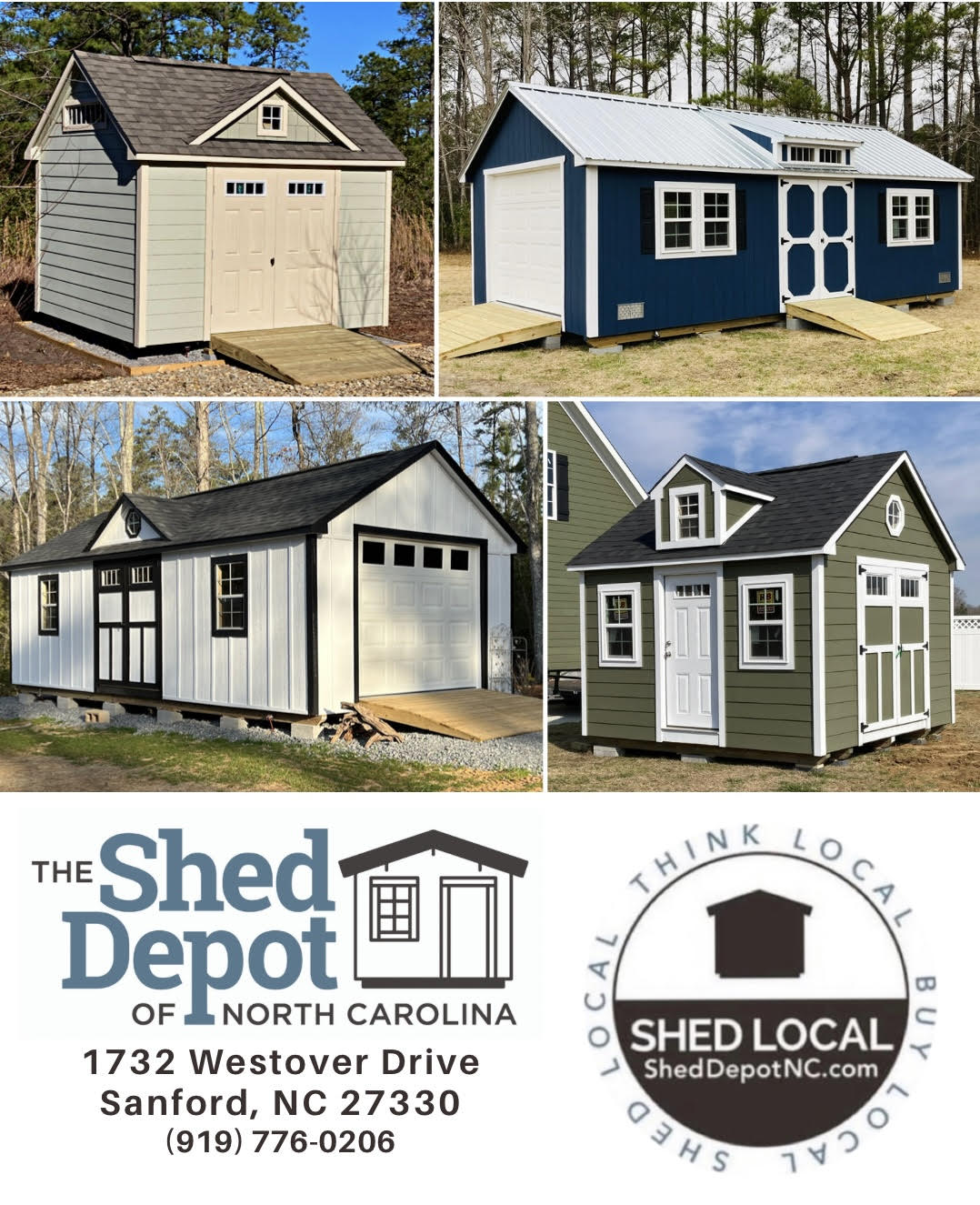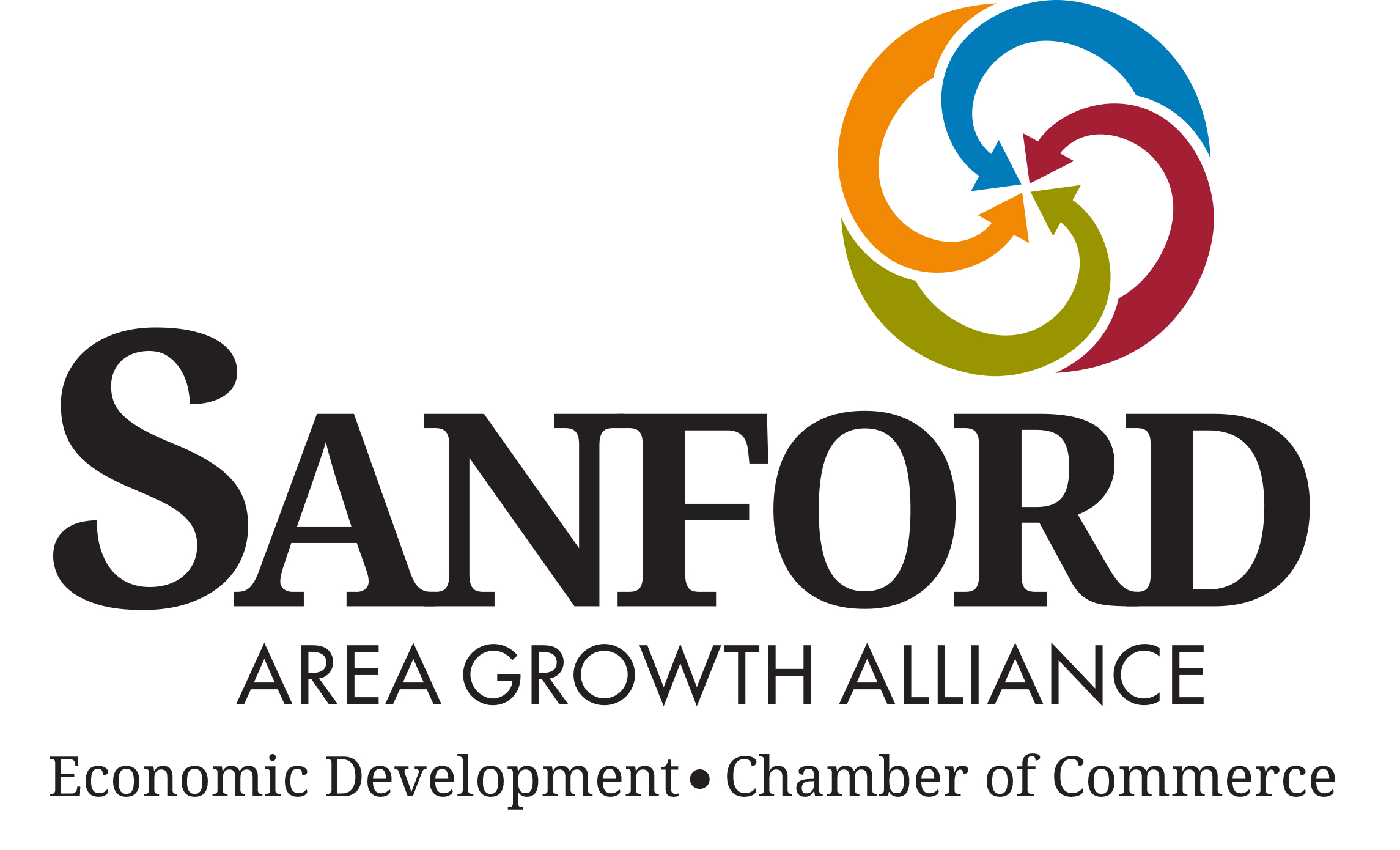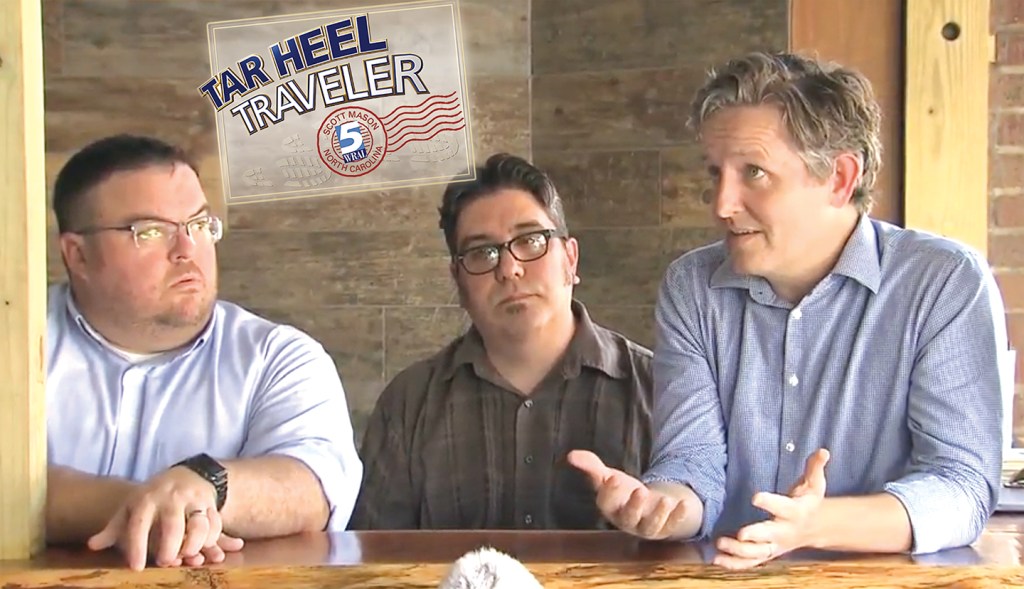Vinfast’s rollout in North Carolina has been met with significant speed bumps, but local business leaders are still hopeful for a jolt to local economy
By Richard Sullins, Billy Liggett and Gordon Anderson
It’s an hour before her table will be swarmed by soon-to-be engineering graduates hungry to get in on the ground floor of largest economic investment in North Carolina’s long history, and Anna Gardner has recruited the help of a 6-foot, 3-inch-tall camel wearing a business suit to help her set up her blue Vinfast display.

The camel, whose name is Gaylord, is the mascot for Campbell University, which on this brisk October morning is hosting more than 100 students from its School of Engineering for a career fair featuring 25 industries, from manufacturers like Caterpillar to biotech companies like Amgen, Jacobs and Pfizer.
Gardner’s appearance in Buies Creek is a good sign for North Carolina’s economy, as it’s visual assurance that the Vietnam-based electric car manufacturing company — which broke ground this summer on a massive facility in Moncure just 13 miles north of Sanford — is looking to begin the hiring process for the 7,500-plus jobs it has promised for the region. Those jobs, with an average wage of $51,000 a year, will include assembly workers, warehouse workers, operators, supervisors, technicians, office managers and other “higher ups.”
One of the biggest needs — and the reason Vinfast’s vice president of human resources for North Carolina is hanging with a camel — is engineers.
“Oh, we’re going to need all sorts of awesome engineers,” Gardner says with enthusiasm. “Much of our facility will be automated, so we’ll need a lot of manufacturing engineers and a lot of process engineers — mechanical and electrical — in order to operate.”
She says production at Vinfast could begin as early as 2025 — a year later than the original projected starting date when North Carolina Gov. Roy Cooper made the big announcement in 2022, but better late than never.
The road from that announcement to today hasn’t been the smoothest, but there’s reason for optimism. Just a few tables down from Gardner at the Campbell engineering career fair is Jerry Pedley, president of Mertek Solutions in Sanford and a longtime advocate for local economic development and industry-education collaboration.
He’s also looking for engineers, but that big, blue Vinfast display is in no way considered a threat or competition to his company.
He’s excited for the future.
“I kind of relate it to what BMW has meant for Greenville and Spartanburg [South Carolina], and what’s happened there has been absolutely amazing,” Pedley says. “I remember when that place was first built, and I’ve watched how it’s helped their economy, their communities and even their local airport. Us smaller companies like Mertek — and all the machine shops, electricians and more — are going to benefit greatly from having a major company like Vinfast here.
“It’s going to be very, very good for Lee County.”

RIDIN’ WITH ROY
Roy Cooper has become a frequent visitor to the Sanford area this year. If you imagined that the 66-year-old North Carolina governor has fallen in love with the irresistible charm of Lee County and just can’t stay away, well, that could well be possible. After all, each of us came here from somewhere, if we go back far enough.
But there’s a lot more to the story than what meets the eye.
Cooper visited Central Carolina Community College’s Moore Center in April to take a test ride in one of the electric vehicles that VinFast plans to build at its plant now under construction in Moncure. He was at the construction site early on a Friday morning in the late-July heat to take part in groundbreaking ceremonies for the facility, and he returned in early October at CCCC’S new Moore Center to announce a new workforce initiative called AdvanceNC that will help prepare workers for high-tech manufacturing jobs.
Truth be told, he’s been keeping the road to Sanford hot, because he is personally and very heavily involved with the VinFast project, and with only 14 months left in his administration, he is also committed to taking it as far down the road as possible before he hands over the reins of power to North Carolina’s 76th governor in January 2025.
North Carolina had been trying to lure an automobile manufacturer for more than 30 years. Despite all the incentives that the Department of Commerce and even the state legislature could present, North Carolina seemed to always find itself the bridesmaid. Cooper was determined to change that when he took office in 2017.
In October of 2021, VinFast, owned by the richest man in Vietnam, Pham Nhat Vuong, began looking for a place to build its first electric vehicles manufacturing plant outside of southeast Asia. Its initial review looked at 29 sites in 12 states, including one in North Carolina.
Four representatives of the company made an unannounced visit to the location the state had offered up, an undeveloped megasite in eastern Chatham County (just a few miles north of the Lee County line) in mid-January of 2022. Met by a team of three state and local economic developers, they were said to have been “polite, but noncommittal,” leaving the local team with a sense that North Carolina was still a contender.
But when communications from the company dwindled over the next few weeks that followed and eventually stopped, economic developers assumed their chances had slipped away again.
That changed suddenly on Feb. 26 when the state was informed that VinFast would make its selection by the end of the following week. North Carolina learned its undeveloped megasite in eastern Chatham County would be competing against a comparable tract just outside Savannah, Georgia. The state, Chatham County and all its regional partners had just two weeks to pull together a detailed proposal from which the company would make its choice.
Given the secret code name “Project Blue” by the state Department of Commerce, the small team of public and private representatives who knew about the project were immediately called into action. Economic developers in Raleigh, Pittsboro, Sanford and other locations jumped to warp speed, pulling from every resource they could find to create a plan that would finally get North Carolina the win it had been looking for.
The components of that strategy included financial incentives to be offered by the state, detailed schedules of permits that would be required at various phases of construction and plans to move them along quickly, and creation of training programs by regional universities and community colleges for the 7,500 workers that the company planned to hire within two years.
The Governor’s Office would keep the skids greased to prevent any stoppages caused by red tape along the way.
On March 29, 2022, two months after that initial surprise visit, Gov. Cooper’s office announced North Carolina had been chosen as the site of Vinfast’s assembly plant. Phase 1 (a $4 billion investment) would include three main areas — electric car and bus production and assembly, EV battery production and “ancillary industries for suppliers.”
“North Carolina is quickly becoming the center of our country’s emerging, clean energy economy,” Cooper boasted in a press release that day. “VinFast’s transformative project will bring many good jobs to our state, along with a healthier environment as more electric vehicles take to the road to help us reduce greenhouse gas emissions.”

SPEEDBUMPS ALONG THE WAY
Starting any business is difficult. There’s money to be raised, facilities to be obtained, permits to acquire, staff to be hired and trained and the goodwill of a community to be earned.
Imagine doing all that for a multi-billion-dollar operation, building more than 20 structures on a 2,100-acre site that is almost completely wooded, a place where there are no water or sewer services on the day when ground is broken, creating an operation that could one day employ up to 7,500 workers in a country half a world away from your corporate offices, building a product that is only beginning to emerge into international markets — and accomplish all of this in just two and a half years.
That’s what Vuong and Vingroup are up against. Standing up a large manufacturing operation from a site with no existing support structures is not an easy task.
VinFast produced its first electric automobiles in 2017 — just six years ago — and financial pages of trade publications around the world have well documented the ups and downs of this Southeast Asian industrial giant who wants to make it big in the United States.
Instead of the steady growth curve that most companies like to point shareholders to, VinFast’s start in the American market has been mixed. Reviews by Car and Driver, J.D. Powers and other trade publications were disappointing for the first VF8 models that arrived in the U.S. in March, consistently speaking of a bouncy, noisy ride, a bland sound system that constantly produces white noise and a problem in the model’s electronic control system of such a magnitude that it required a purging and replacement with new upgraded software.
Other issues, more immediately fixable, are more of a systemic nature, many of them emanating from the company’s limited time of existence. The most expensive item in an electrically powered vehicle is its rechargeable battery, a means of storing energy that eventually goes bad after repeated recharging. VinFast proposed to get around that issue by offering battery “subscriptions” to its customers instead of selling them as part of the overall sticker price, helping to keep retail prices for the vehicles between $40,000 to $55,000.
But when the company really looked at the numbers, it found that even those estimates were too low. New advertisements on its website indicated that the battery was now included as part of the vehicle’s sticker price, but the VinFast VF 8 and VF 9 models are struggling to remain competitive with recent price cuts made by its greatest competitor, Tesla. Prices for the two models, however, are now estimated to be closer to $60,000.
There are still larger questions about the company’s long-term prospects. Since the Chatham County project was announced in March of 2022, VinFast has been hemorrhaging cash, despite seeing record receipts coming into its bank accounts.
When trading went public at the end of August, it went as high as $82 per share. But the bottom has dropped out since then, closing during the last week of October at $4.93. New companies, especially very large ones, often report big losses during their early years (think Amazon or FedEx).
But even in those cases, stockholders knew where things stood at the end of each financial quarter through the reports that companies were required to file. Despite going public in August with a few million of its 2.3 billion shares in August, VinFast is still a foreign company created outside the United States and therefore not subject to American rules for public disclosures to those who own its shares.
Thus, only Vuong has a complete picture of the financial health of his company, even as North Carolina (which promised up to $1.5 billion in incentives) and Chatham County have a lot of skin in this game.
Project Blue, for all its assurances and ceremonies with dignitaries from the governor’s office on down, will remain a crap shoot for years to come.

WHAT’S IN IT FOR LEE COUNTY?
Fortuitously, Lee County’s commissioners had purchased a 22-acre tract of land adjacent to CCCC the previous summer, with hopes of turning its five buildings into more space for the college. The immediate availability of hundreds of thousands of square feet in an indoor facility, along with a proven track record of customized industrial training offered by the community college system, turned out to be one of the most important tools in the state’s economic development toolbox. Dr. Lisa Chapman and her team at the college knew how to use that tool effectively.
But it was what the City of Sanford brought to the deal that may well have gotten the ball across the goal line. Water is a critical component for any developing industry, particularly those focused on heavy manufacturing like VinFast, and Sanford has it in abundance.
Four years ago, then-Mayor Chet Mann and the Sanford City Council made a critical decision to build a water line that will help bring service to the VinFast site, a call that one day may be considered as the single most important determining factor in VinFast’s decision to come to central North Carolina.
The northeastern end of Lee County, and just across the Deep River into Chatham County, had long been a desert for water and sewer services, and no water means no development.
Building on Mann’s Open for Business platform put forth when he was first elected in 2013, the city leveraged grants from the state, the GoldenLeaf Foundation and a budget allocation of $3.9 million in 2018 to build water and sewer lines from Sanford to Pittsboro, as well as a second loop to provide services to the Raleigh Executive Jetport in Lee County and the Moncure area. Mann said, “It was a huge leap of faith by the city council, but boy, did it ever pay off.”
The deal negotiated on behalf of the city by Mann and City Manager Hal Hegwer does more than provide Chatham County with the water they need. In addition to the sale of water and sewer services and in exchange for their provision, Sanford will get 20 percent of all property taxes that Chatham County collects from every home, business or industry that connects to the water line.
Even better, Sanford will continue to receive those funds for the next 50 years after the line goes into service, meaning millions of dollars that will flow annually into the city’s coffers every year for the next half-century, funds that can be spent to improve city parks or create new ones, provide more housing options for low-income residents, create structured offerings that support teenagers and children through afterschool programs, or address any of the other issues that a growing micropolitan city like Sanford must do in order to grow.
The mayor said the costs for the water and sewer infrastructure needed to connect the new plant site to the city’s system and then over to Pittsboro could exceed $135 million. But the city’s lucky number came up again, Mann said. The state will pick up the tab for almost all of it — $132 million, leaving the remaining $3 million to be split between Sanford and Pittsboro. Sanford’s share of the entire project could come to be just $1.5 million, itself another huge win for the city.
Michael Smith is the Chatham County Economic Development Corporation’s president and as such was not only a big part of attracting VinFast to the site in Moncure, but also remains integral to the process of actually standing the business up.
“One of the many things Chatham County did to prepare for this moment was we made sure in the event that we won one of these huge projects, that would kick into action what we call a small area plan,” he said. “We listened to developers and homeowners and landowners in the Moncure area, and it went from a situation where a lot of people had a lot of heartburn to the most recent meeting we’ve had, where the neighbors literally stood up and clapped.”
Smith acknowledged both that growth is already happening in the area around the VinFast site — “It’s really exciting to see what’s happening to that entire U.S. 1 corridor between Pfizer and Apex,” he said — and that there have been some hiccups in VinFast’s path.
“Yes, the project has started a little slower than we expected,” he said. “But (VinFast) has a $100 million investment there, so they’re committed. Every other week we have a virtual meeting led by the North Carolina Department of Environmental Quality on that project where we discuss the progress and the next steps, and there are usually at least 20 people in those meetings, sometimes 30.”
Referencing some of the negative headlines, Smith said, “Any startup is going to have people throwing rocks. If you read some of those early ugly reviews, you’d be scared to even get in (a VinFast vehicle). But, you know, recalls — with an electric vehicle it’s typically going to be a software patch. They’re trending in a different direction now.”
Prior to his economic development work in Chatham County, Smith held a similar role in Lee County, giving him a unique perspective on the VinFast project.
“It’s a lot of fun to see all the exciting things that are happening for both counties,” he said. “I think one of the things that ties us and this project together is Central Carolina Community College, and there’s a lot of shared private sector support. I’m grateful for the team I used to be a part of and the way it’s all come together for all of us.”


